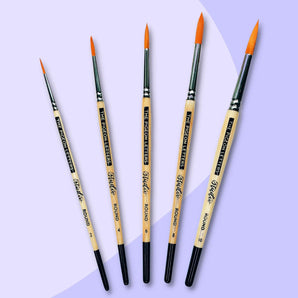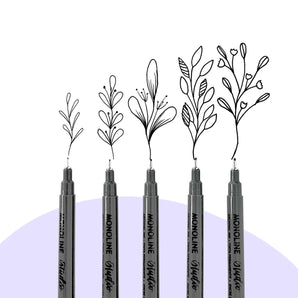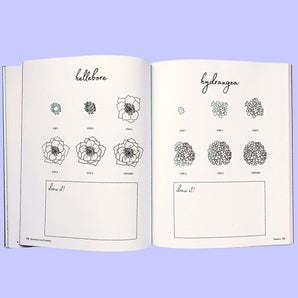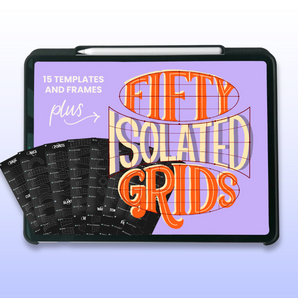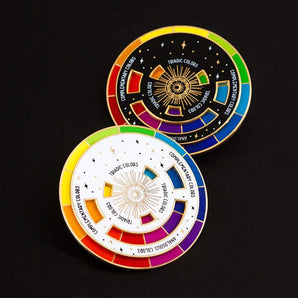
(This page was so fun to write)
Sculpted with secrets. Possessed by creativity. Admired with terror.
These ceramic paint tubes are eerily beautiful and unsettlingly unique. Whether they stand alone as haunted decor or you snag a functional piece to cradle a dried bloom in their hollowed-out core, they make for the perfect eerie touch.
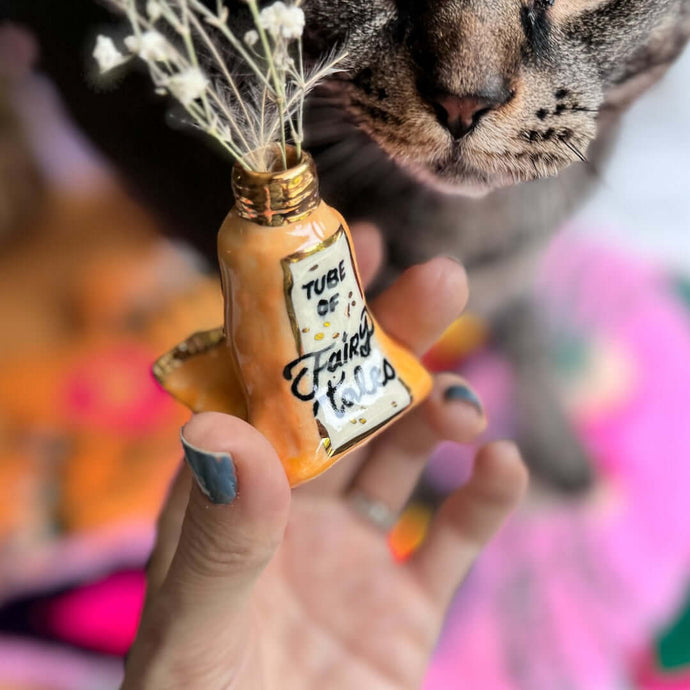
Introducing
Hauntingly Limited Edition Ceramic Paint Tubes
This collection of handmade ceramic paint tubes is more than just decor—each piece is a talisman.
Sculpted by hand and haunted with care, each piece holds your dreams. Each piece holds mystery. Maybe even a few midnight secrets.
Are you brave enough to squeeze one (just kidding, they're ceramic… you can't squeeze them, you silly).
Limited. Seriously.
Just like any good nightmare, these won’t last long.
Each tube is as unique as the artist who dares to use it. Once they’re gone, they’re gone. Better grab yours before they vanish into the night… or into someone else's studio.
DELICATELY TERRIFYING
Formed in the moonlight.
Perfect for your lair.
If your vibe leans more toward the mysterious, the macabre, and the magnificently weird, then these paint tubes are for you. They're made to be admired, feared, and adored.
Whether they’re haunting your desk or lurking on your mantel, they’ll always leave an impression.
Thanks for letting me share a little piece of my passion with you
🜃 the ceramics process
Each ceramic piece created is meant to embrace imperfections, and each wobble, asymmetry, indent, and other handmade quality is intentionally preserved. Seeing earth formed by hand grounds me (no pun intended) and reminds me to celebrate my handmade process of creating art while I'm using a functional piece of art. I hope it helps to remind you to embrace your process in its entirety as well because your creative journey is so very special.
Form
Raw, wet clay is molded by hand and left to breathe for several hours until it reaches a stiff, yet moldable form. It is hand built form the shape of each piece. Pieces may be scored and connected together, pinched and pulled.. and once again left to breathe until it's no longer moldable but still soft enough to carve, if desired. Using a combination of fine steel tools and found nature items, finishing touches are added and often carved at varying lengths and placements for added interest.
Fire #1
After about 40 hours, a piece is fully dry and ready for the first round of firing. It's carefully positioned in the kiln and high fired at 2200F (1204C) for 8 hours, then left in the kiln to cool for another 12 hours. This creates the bisque material from the raw clay and is the perfect preparation for adding glazes.
Glaze
After a piece's first firing, its finished design is determined. Most often, pieces needs to be hand painted with a resistant wax in the areas that won't be glazed. Once the wax has been applied, glaze is mixed to a meticulous consistency that will evenly bond with the bisque ceramic material. Pieces are either fully submerged into a container of the glaze, or the glaze is applied by hand with a brush. When applied by hand, three coats of each color of glaze are applied, with dry time in between.
Fire #2
After pieces are glazed, they're ready for a second firing. They head into the kiln again and are high fired for another round. After this, pieces are revealed in their finished result for the first time, and every single time, it's a fun surprise to see how they turn out. sand While a piece is "finished" after a final firing, there are finishing touches that are oftentimes missed in ceramics--the most important being a light sanding to the bottom of pieces to soften the gritty texture. If a piece needs grip, small silicone bumpers are adhered to the bottom.
Fire #3
If a piece will be embellished with 22k gold luster or mother of pearl, a third firing is required. Prior to this step, safety measures are carefully followed to handle liquid gold safely. While wearing a chemical respirator and gloves, the liquid gold is delicately applied with a fine paintbrush. Once applied, the gold is left to dry for 24 hours before undergoing a three-hour firing at a precise temperature of 1267°F.
And then...







![Nellie - Ceramic Tray [no.102] - The Pigeon Letters](http://www.thepigeonletters.com/cdn/shop/products/handmade-ceramic-paint-tray.png?crop=center&height=375&v=1681913995&width=375)

